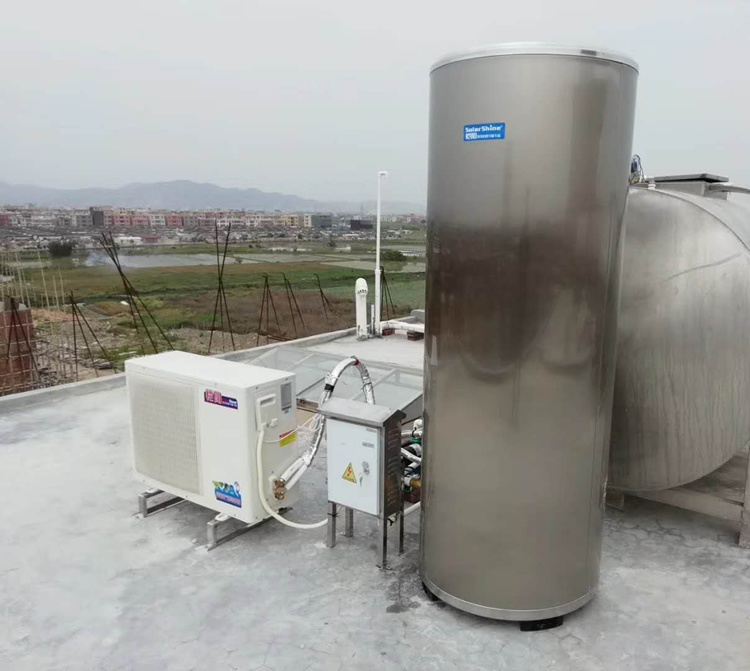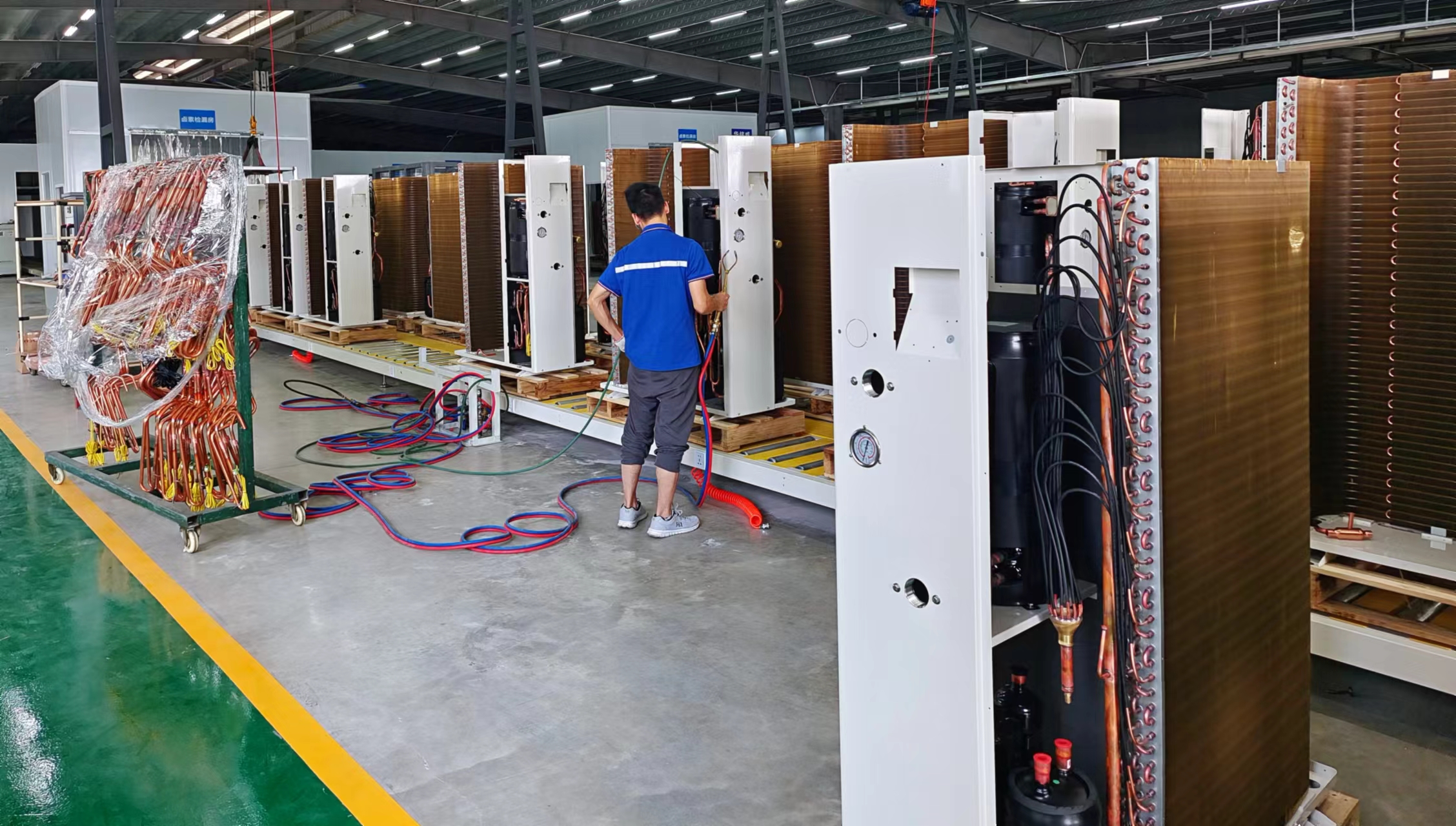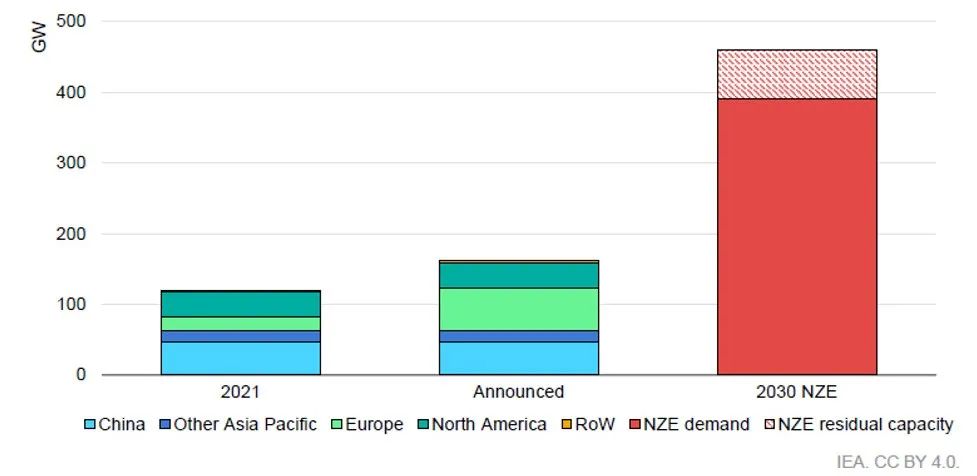On January 11, 2023, Fatih Birol, Executive Director of the International Energy Agency, introduced the release of the report. The report points out that the new global clean energy economy is developing, and all clean energy technologies around the world are booming.
The report highlights key markets and employment opportunities. For example, by 2030, the number of jobs related to clean energy manufacturing will more than double from the current 6 million to nearly 14 million. More than half of these jobs are related to electric vehicles, solar photovoltaic, wind energy and heat pumps.
However, there are still potential risks in the concentration of the clean energy supply chain. For large-scale manufacturing technologies such as wind energy, battery, electrolysis, solar panel and heat pump, the three largest producing countries account for at least 70% of the manufacturing capacity of each technology.
Demand for skilled work
According to the data analysis report, sufficient skilled and large labor force will be the core of energy transformation. For the supply chain of clean energy technologies such as solar photovoltaic, wind energy and heat pump systems, in order to realize the IEA’s 2050 net zero emission (NZE) vision, about 800000 professional workers who can implement these technologies will be needed.
Heat pump industry
IEA’s analysis also shows that the trading volume of heat pump system is lower than that of solar PV modules. In Europe, the intra-regional trade of heat pump is very common, but the sudden surge in demand for this technology in 2021, coupled with the open trade policy, led to a sharp increase in imports from outside the European continent, almost all from Asian countries.
Gap between expansion plan and net zero track
Under the NZE scenario, if the global manufacturing capacity of the six technologies reviewed in the report is expanded, it will require a cumulative investment of about 640 billion US dollars in 2022-2030 (based on the actual US dollars in 2021).
By 2030, the investment gap of heat pump will be about $15 billion. The International Energy Agency said that this highlighted the importance of the government to formulate clear and credible deployment objectives. Clear objectives will effectively limit the uncertainty of demand and guide investment decisions.
The manufacturing capacity of heat pump will increase in the next few years, but the speed is very uncertain. At present, the project that has been publicly announced or planned to expand its capacity can not meet the goal of NZE. However, it needs to be taken into account that capacity expansion is likely to continue to grow before 2030.
According to the published projects and NZE scenarios, heat pump manufacturing capacity by country/region:
Note: RoW=other countries in the world; NZE=zero emission target in 2050, and the published scale includes the existing scale. The manufacturing scale must meet the zero emission vision (zero emission demand) and the estimated utilization rate is 85%. The zero emission margin therefore represents the average unused production capacity, which can flexibly adapt to the fluctuation of demand. The heat pump capacity (GW billion watts) is used to represent the heat output energy. In general, the expansion plan is mainly aimed at the European region.
It is announced that the manufacturing scale of heat pump only accounts for one third of the zero emission requirement in 2030, but the short production cycle means that the scale will increase rapidly.
Post time: Feb-17-2023



